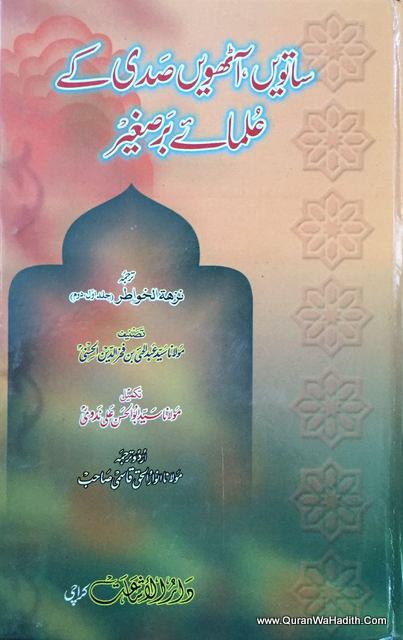Shia teachings encompass a vast array of literature, infused with theological insights and historical contexts. Among these, “Tanbih al-Khawatir wa Nuzhat al-Nawazir” holds a significant place, as it artfully delineates crucial elements of Shia scholarship. This comprehensive exploration delves into the multifaceted content of this work, covering its thematic depth, relevance, and the literary techniques employed by the author.
The title “Tanbih al-Khawatir wa Nuzhat al-Nawazir” translates to “The Reminder of Thoughts and the Joy of Gazes.” This duality encapsulates the purpose of the book: to awaken the readers’ cognitive faculties while simultaneously offering solace and edification in their spiritual journeys. Such an endeavor is rooted in the rich traditions of Imamiyah Shia thought, which merge intellectual rigor with piety.
1. Historical Context
To fully appreciate the teachings presented in this book, it is vital to understand the historical milieu in which the author, Maulana Abdul Hai Luckhnawi, operated. The 18th-19th centuries were pivotal in the establishment of modern Shia thought, characterized by a surge in intellectual movements and a burgeoning interest in rational discourse. Luckhnawi, responding to the zeitgeist, incorporates historical narratives and anecdotes to contextualize theological matters, providing readers with a deep understanding of their significance across time.
Tags
Share this on:
[addtoany]


